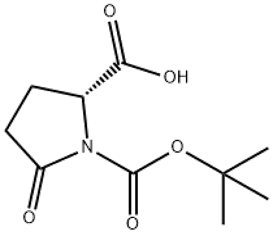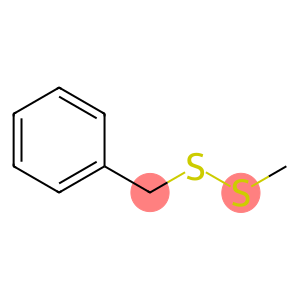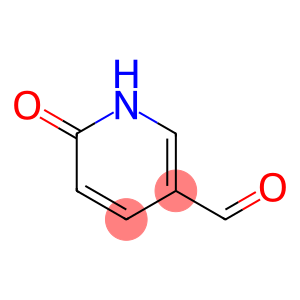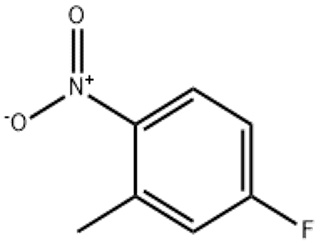2,6-Dinitrotoluene(CAS#606-20-2)
| Risk Codes | R45 – May cause cancer R23/24/25 – Toxic by inhalation, in contact with skin and if swallowed. R48/22 – Harmful danger of serious damage to health by prolonged exposure if swallowed. R52/53 – Harmful to aquatic organisms, may cause long-term adverse effects in the aquatic environment. R62 – Possible risk of impaired fertility R68 – Possible risk of irreversible effects R39/23/24/25 - R11 – Highly Flammable R36 – Irritating to the eyes R20/21/22 – Harmful by inhalation, in contact with skin and if swallowed. |
| Safety Description | S53 – Avoid exposure – obtain special instructions before use. S45 – In case of accident or if you feel unwell, seek medical advice immediately (show the label whenever possible.) S61 – Avoid release to the environment. Refer to special instructions / safety data sheets. S456 - S36/37 – Wear suitable protective clothing and gloves. S26 – In case of contact with eyes, rinse immediately with plenty of water and seek medical advice. S16 – Keep away from sources of ignition. |
| UN IDs | UN 3454 6.1/PG 2 |
| WGK Germany | 3 |
| RTECS | XT1925000 |
| TSCA | Yes |
| HS Code | 29049090 |
| Hazard Class | 6.1 |
| Packing Group | II |
| Toxicity | Acute oral LD50 for mice 621 mg/kg, rats 177 mg/kg (quoted, RTECS, 1985). |
Introduction
2,6-Dinitrotoluene, also known as DNMT, is an organic compound. It is a colorless, crystalline solid that is almost insoluble in water at room temperature and soluble in organic solvents such as ether and petroleum ether.
2,6-Dinitrotoluene is mainly used as an ingredient in explosives and explosives. It has high explosive performance and stability, and is often used in the preparation of civil and military explosives.
The method of preparing 2,6-dinitrotoluene is generally obtained by nitrification of toluene. The specific preparation method includes dropwise toluene in a mixture of nitric acid and sulfuric acid, and the reaction is carried out under heated conditions.
In terms of safety, 2,6-dinitrotoluene is a hazardous substance. It is highly irritating and carcinogenic, and may cause irritation and allergic reactions if inhaled or in contact with the skin. When operating, strict safety measures must be taken, such as wearing protective gloves, glasses and respirators, and operating in a well-ventilated area. The storage and handling of 2,6-dinitrotoluene also needs to comply with relevant regulations and standards to ensure personal safety and environmental safety.




![Phenol,4-[2-(methylamino)ethyl]-, hydrochloride (1:1)(CAS# 13062-76-5)](https://www.xinchem.com/uploads/42Methylaminoethyl]phenolhydrochloride.png)



